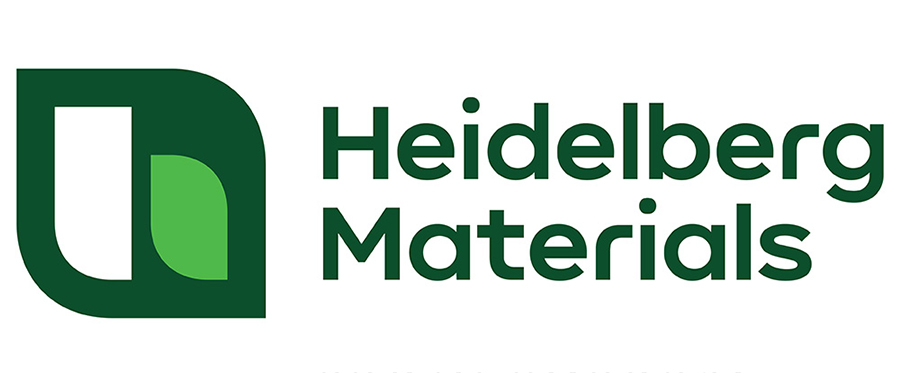Fly Ash
Fly ash is classified as a Pozzolan: a mineral admixture and a supplementary cementitious material that provides concrete with performance benefits such as water tightness and long-term durability. Volcanic ash, similar to today’s fly ash in its chemistry, was used as a supplementary cementitious material in concrete dating back to the Roman Empire. This natural Pozzolan was used in structures that have lasted for thousands of years.
Heidelberg Materials is investing in technologies to process and recycle harvested coal ash to produce specification-grade fly ash for concrete applications and remove coal ash from the environment.
Today we serve the Southeast, Mid-Atlantic, and Northwest regions. Our Northwest region includes Washington State in the U.S. and Alberta, British Columbia, Manitoba, and Saskatchewan in Canada, where we can rail fly ash to various terminals. We also offer bagged fly ash in 40 lb. paper bags and 2,000 lb. super sacks.
A Stronger, More Sustainable Future
The use of fly ash in concrete can contribute to sustainable construction by conserving natural resources and lowering energy consumption and emissions. Recycling coal ash harvested from ponds and landfills, and from production ash, is an economical and sustainable solution. Coal ash is encapsulated for beneficial use as a supplementary cementitious material (SCM) in concrete or other industrial products. It improves the durability of concrete and prolongs the lifecycle of our roads, buildings, bridges, and other important structures. There is also a reduced impact on natural resources for mined materials in cement, like limestone and shale, and lower greenhouse gas emissions from the production of concrete.
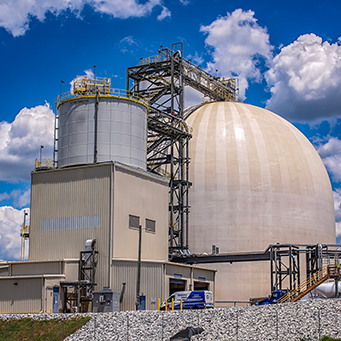
12 Benefits of Fly Ash in Concrete
Replacing a portion of cement with performance-enhancing fly ash contributes to short-term and long-term benefits in concrete:
1. Increased ultimate strength
2. Greater durability
3. Improved workability
4. Mitigation of Alkali-Silica Reactivity (ASR)
5. Reduced segregation and drying shrinkage
6. Enhanced sulfate resistance
7. Reduced bleeding
8. Improved pumpability
9. Improved watertightness
10. Reduced heat of hydration
11. Reduced efflorescence
12. Improved resistance in marine environments
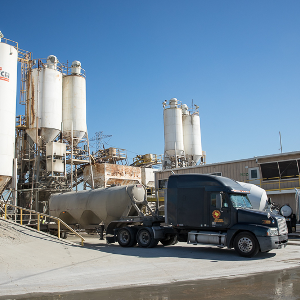
Technical Expertise
Our Area Managers provide technical expertise to concrete producers. Tailored, quality control programs are based on a selective collection of the most consistent quality material for customers. Our team provides technical expertise to help customers achieve an optimal concrete mix for specific applications and weather conditions.
Ready Mixed Concrete
Concrete Paving
Asphalt Paving
CLSM / Flowable Fill
Cellular Concrete
Precast Concrete
Prestressed Concrete
Block, Pipe, Vaults, etc.
Asphalt
Ternary Concrete Mixes
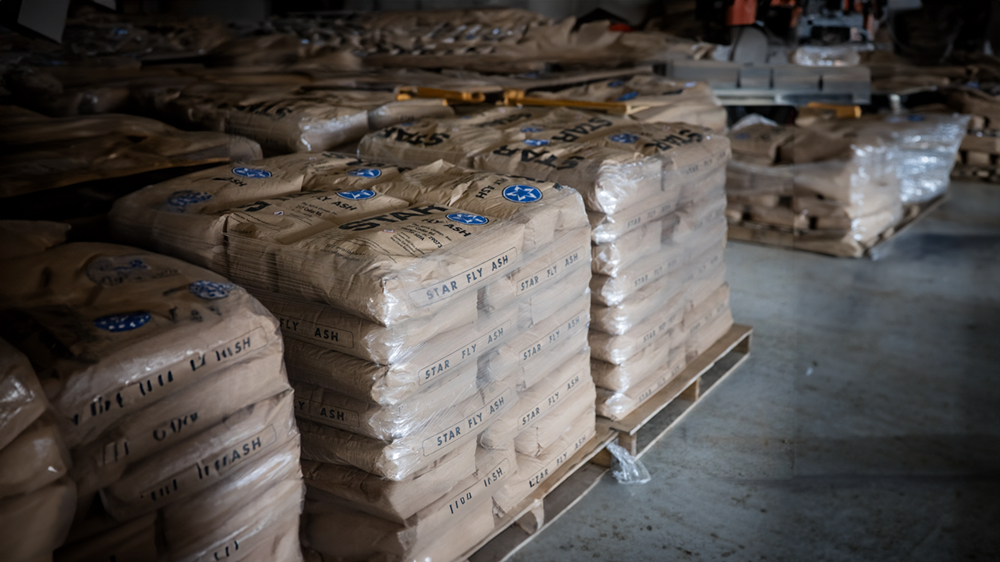
Bagged Fly Ash
Quality and Convenience
STAR Fly Ash, a consistent, low LOI, Class F fly ash, is offered in convenient sizes for small-batch, on-site concrete mixing. Our bagged fly ash is available in 40 lb. paper bags or 2,000 lb. super sacks for on-site mixing projects that do not have access to pneumatic loads or product silos.
40 lb. paper bags | 2,000 lb. super sacks
This high quality, specification-grade fly ash is offered year-round for use as a supplementary cementitious material in concrete and concrete products.
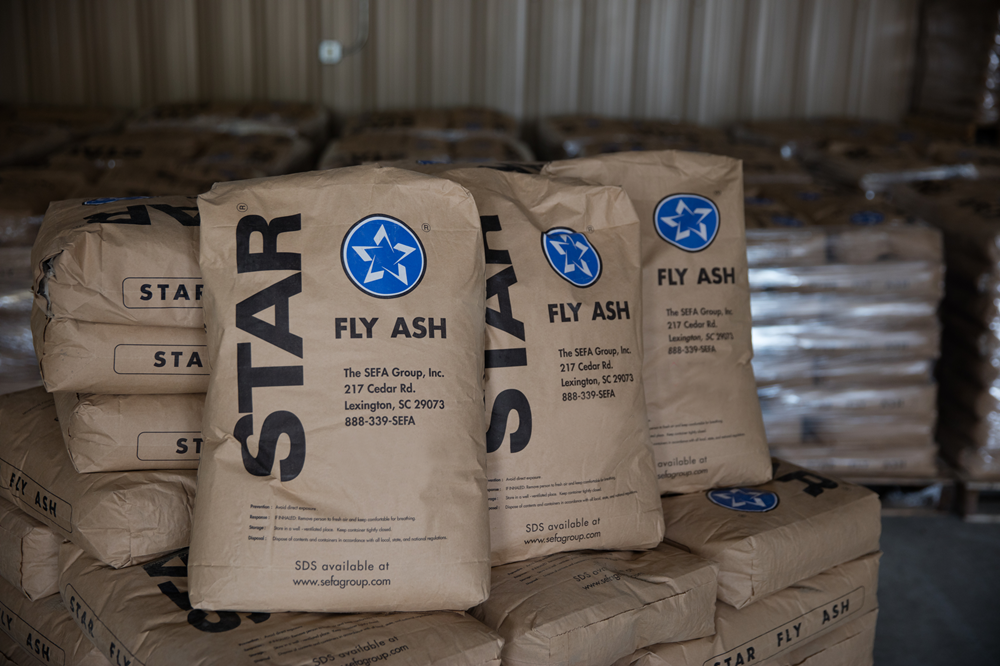
STAR® Fly Ash
High Quality, Consistent Fly Ash
STAR Fly Ash is a high-quality, specification-grade fly ash for use as a supplementary cementitious material in concrete and concrete products. Coal ash from ponds or landfills is transformed into a consistent, low LOI, Class F fly ash for encapsulated beneficial use. Reclaiming coal ash from ponds provides year-round availability of this post-industrial, recycled material for the construction industry.
STAR Fly Ash will not affect the ability of your air-entraining agent to build and maintain an air void system in concrete. Independent testing shows that concrete made with STAR Ash has essentially the same air dosage rates as plain Portland mixes.
Ideal Applications
- Ready Mixed Concrete
- Concrete Paving
- Asphalt Paving
- CLSM / Flowable Fill
- Cellular Concrete
- Precast Concrete
- Prestressed Concrete
- Block, Pipe, Vaults, etc.
- Ternary Concrete Mixes
- Polymer Concrete
Recycling Coal Ash
Removing coal ash permanently from ground storage and recycling it for beneficial use in concrete is a sustainable solution for people and the environment. Beneficiation with STAR Technology offers a permanent solution, as coal ash is eliminated from the environment.
.png?sfvrsn=307fa740_3)
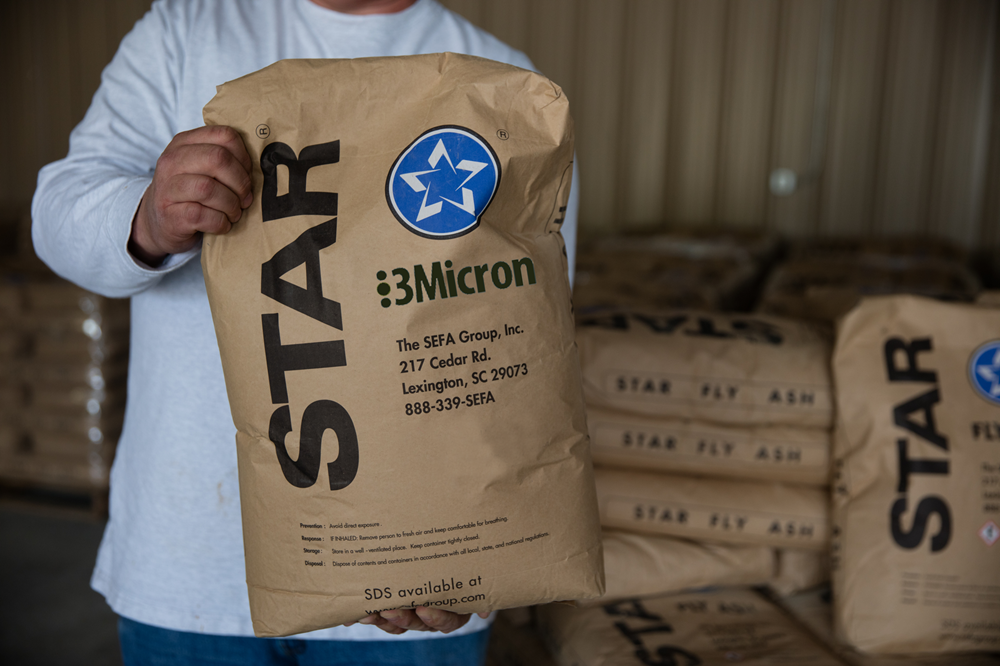
STAR® 3Micron
Ultrafine Fly Ash for High-Performance Concrete
STAR 3Micron is an ultrafine Class F fly ash that is size classified to provide a highly refined, consistent unimodal particle size distribution with a mean particle size of 3 to 4 micron. STAR 3Micron is ideal for high performance concrete and low permeability requirements. It provides superior performance with air-entrained admixtures.
The size-classified ultrafine ash offers unique advantages for high-performance cementitious applications and increased durability for aggressive environments.
STAR 3Micron imparts many of the desirable hardened concrete traits associated with highly reactive pozzolans without increasing workability and placement demands. The ultrafine fly ash reduces water demand and superplasticizer demand compared with cement-only mixes. No special batching, transportation, or placement and finishing operations are required.
See our Technical Data Sheet for more information on STAR 3Micron Fly Ash.
Ideal Applications
- Bridge Decks
- Overlays
- Parking Garages
- Pavements
- Marine Environment Projects
STAR 3Micron Properties
Color | Beige |
Specific Gravity | 2.3 |
Bulk Density | 60 lb/ft3 |
D50 | 2-4μm |
Mohs Hardness | 6 |
pH | 7.0 |
D98 | 10-15μm |
